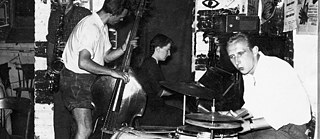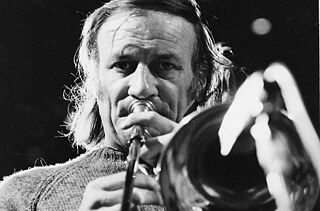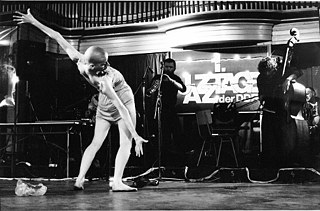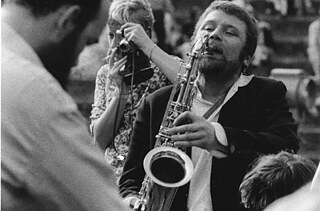Exhibition
German Jazz

Very few music genres have been – and continue to be – formed through such a turbulent history as that of jazz. Deeply rooted in the Afro-American blues- and ragtime scene of New Orleans, jazz transformed and redefined itself in the 1920s, spreading like musical wildfire worldwide as a messenger of a new esthetic. It quickly gained a foothold in Germany, where it became the soundtrack for the Roaring Twenties Berlin.
Jazz was considered standard musical entertainment for countless bars and dance halls, nightclubs and small theaters. Clichés – of lascivious dance, the short skirts of the Charleston era, bobbed hair, and black musicians getting lost in syncopated rhythms with saxophone, drums, and banjos – painted a colorful picture of a hedonism-driven capital. These were just the beginnings, because jazz was still evolving. Although suppressed by the Nazi propaganda machine and outlawed as “degenerated music” (“Entartete Musik”), it flourished after the terror regime ended, and German jazz hot spots evolved; the isolation of East Germany provoked an entirely different creative approach towards this versatile genre.
The exhibition German Jazz (Deutscher Jazz) showcases this unique genre in its most important stages, from its beginnings to the current post-millennial scene. Via short introductions and more detailed texts, the exhibition tells of clubs and festivals, music labels, and the role of radio, and introduces important figures and stylistic tendencies. Photographs from public and private collections alongside numerous audio examples round off the exhibition, providing exciting insights into the German jazz scene.
Details
Goethe-Institut Washington
1377 R St. NW, 3rd Floor
Washington, DC 20009
Price: Free admission
+1 (202) 847-4700 info@washington.goethe.org


